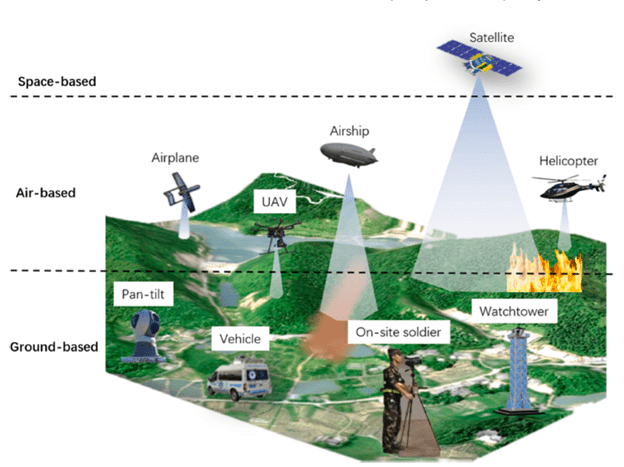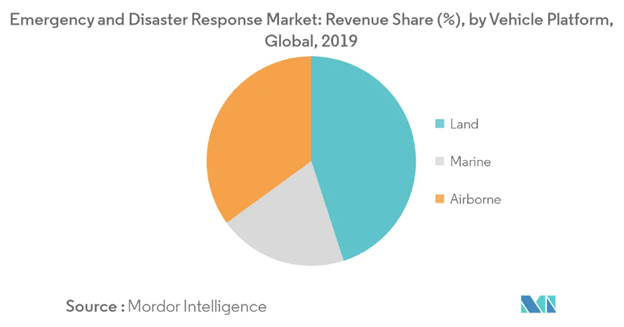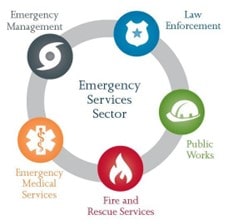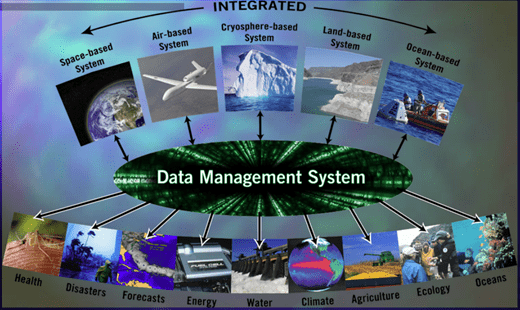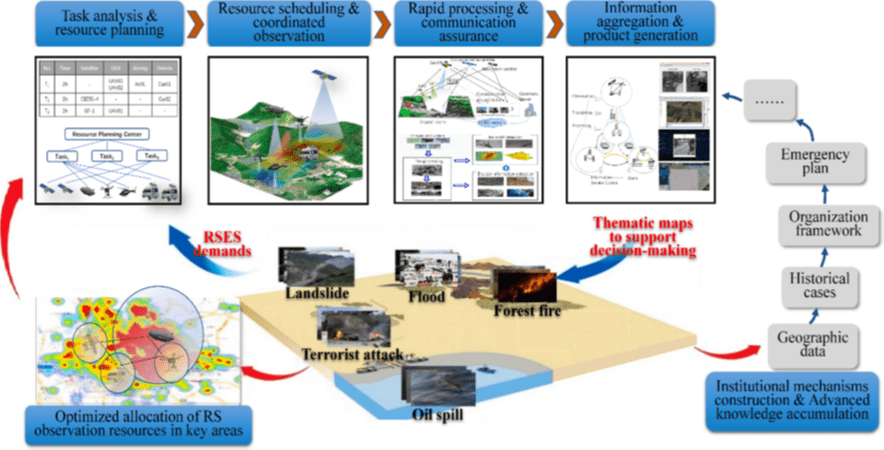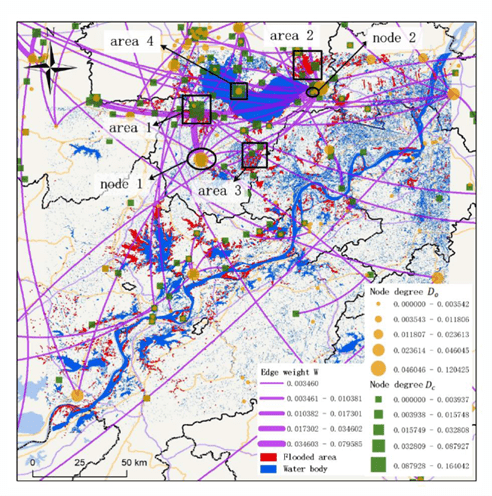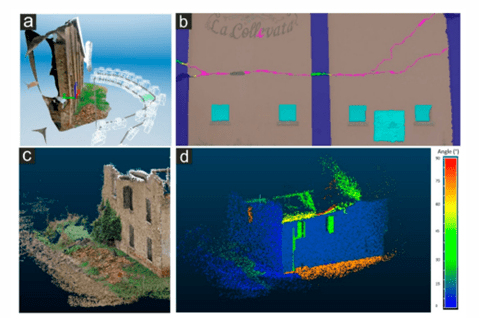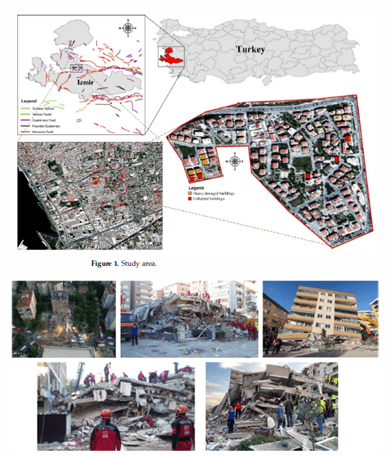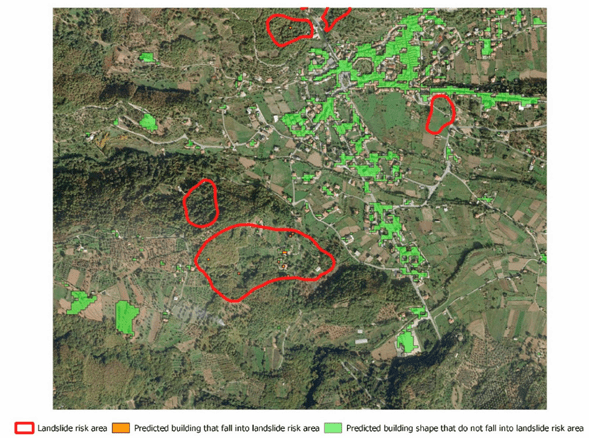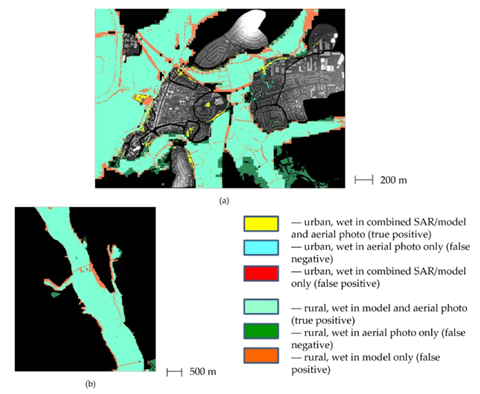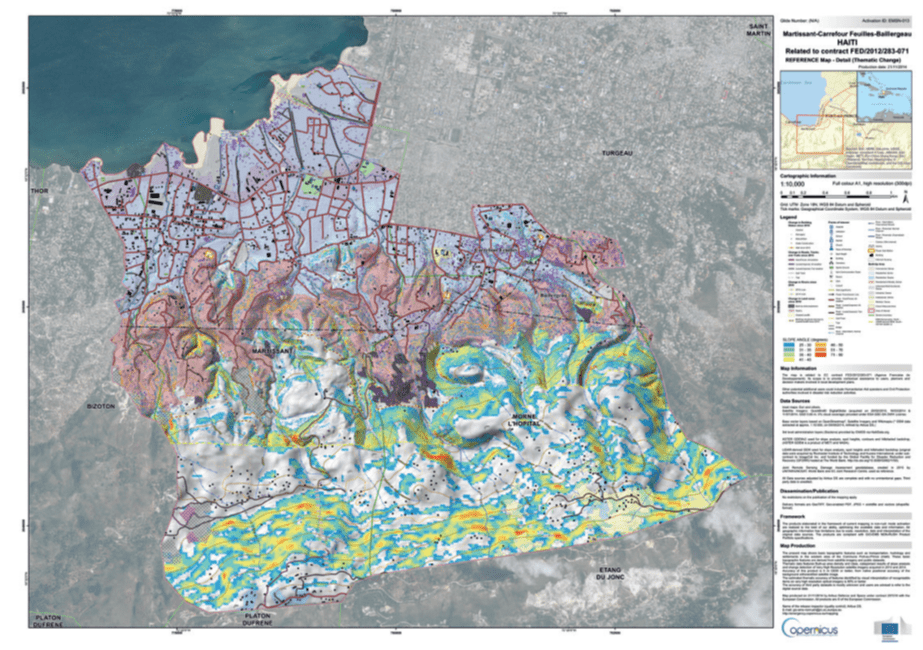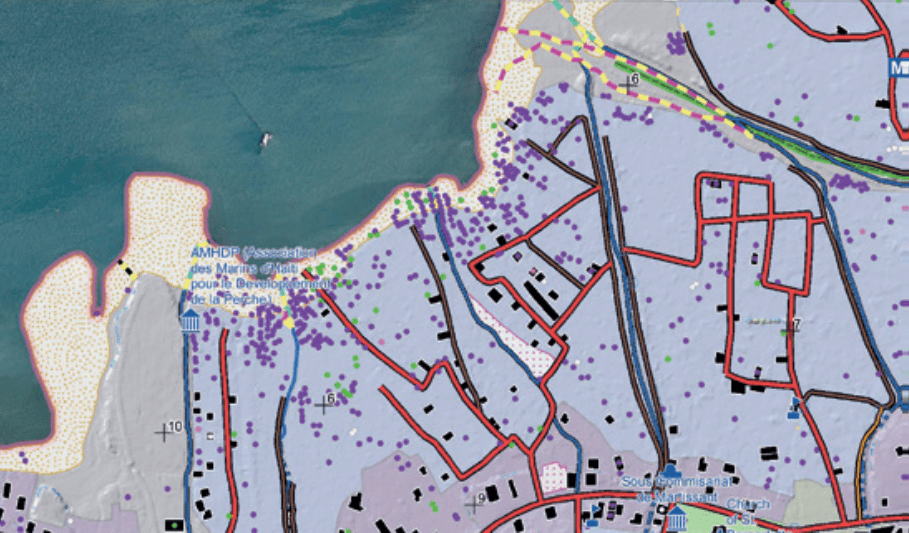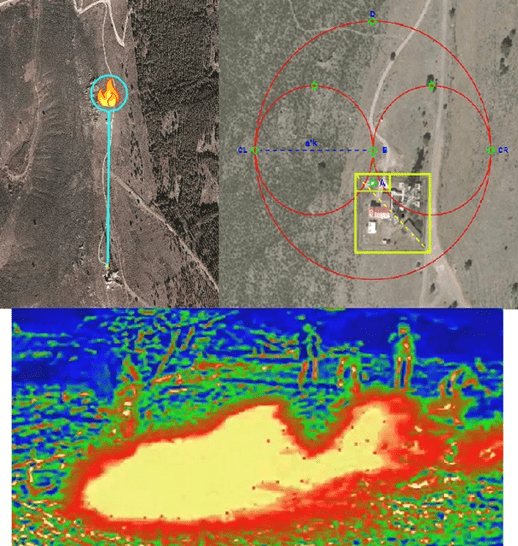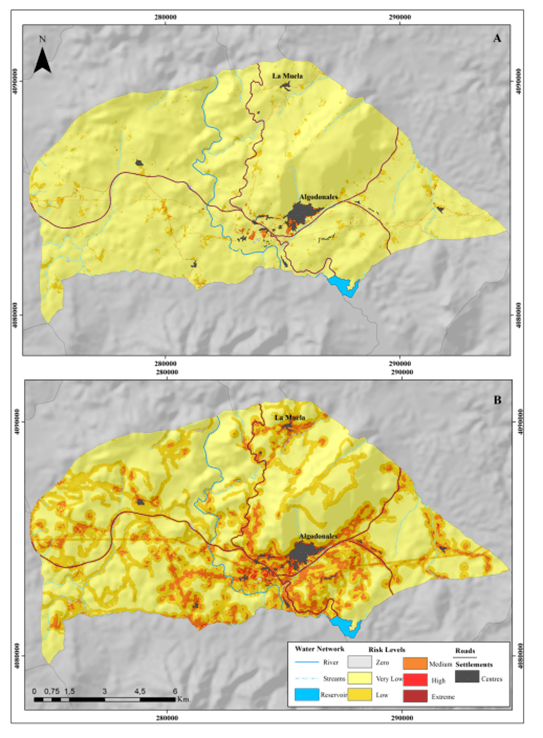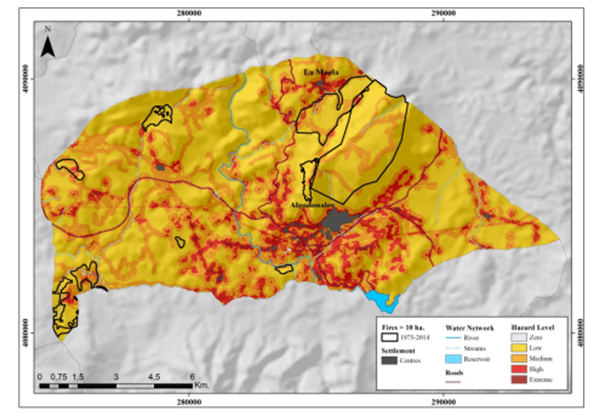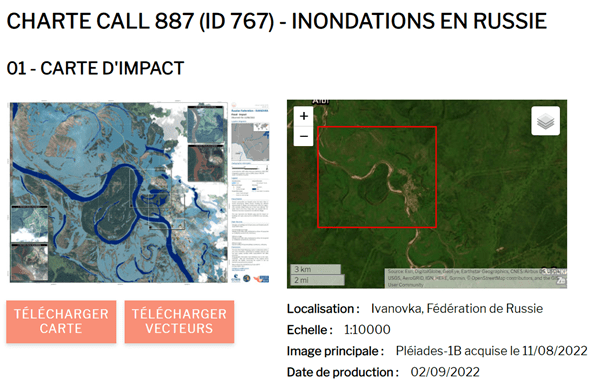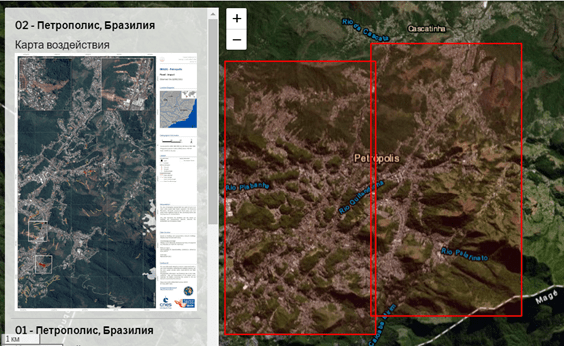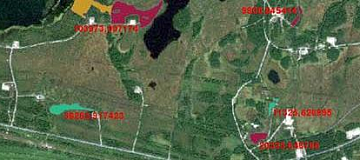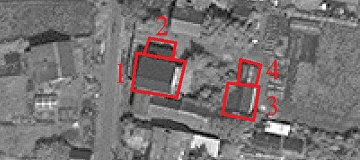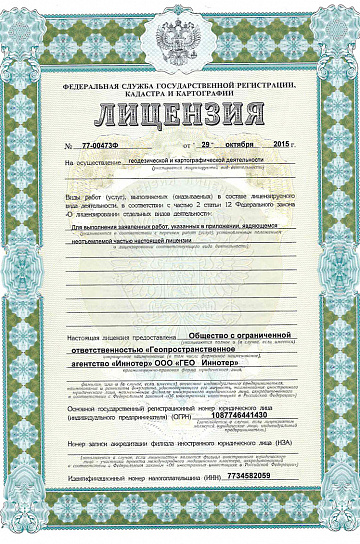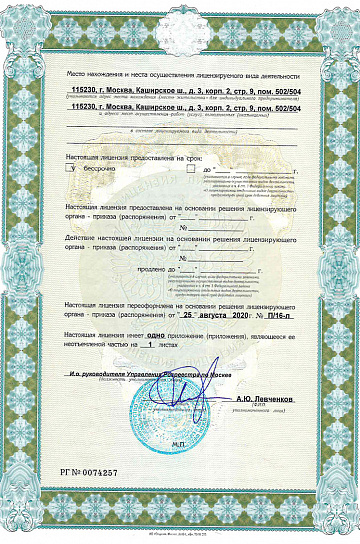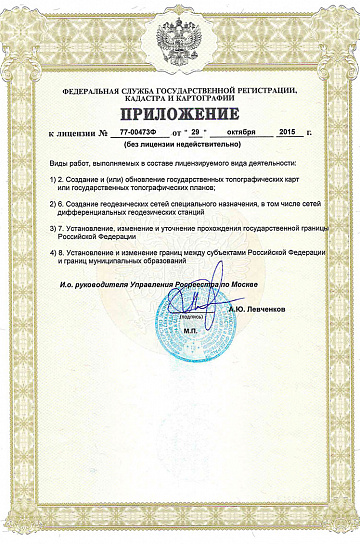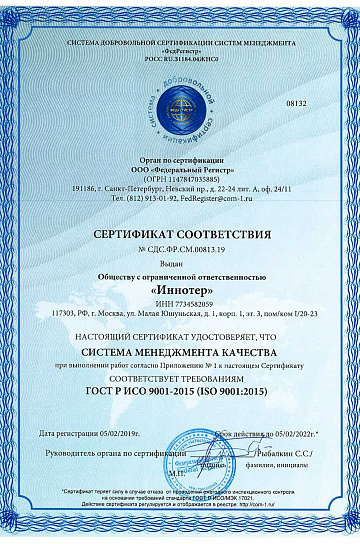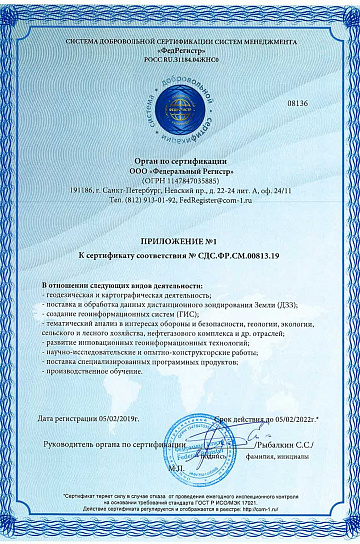Emergency Situation (ES) is a sudden or premeditated situation at a local, regional, or continental level of the Earth that poses a threat to humans or a specific area. It arises as a result of an accident, a hazardous natural phenomenon, a disaster, the spread of a disease dangerous to others, or another type of calamity. Such situations may lead to or have already caused human casualties, harm to public health or the environment, significant material losses, and disruptions to normal living conditions.
Emergency situations are classified based on their nature, scope, scale, and level of damage.
By origin:
- Natural;
- Technogenic (man-made);
- Environmental;
- Biological-social and medical.
By scope and nature:
- Of terrorist nature;
- Of humanitarian nature;
- Of natural origin;
- Of technogenic origin.
Need for consultation?
Fill the form and we will contact you
Related services





Customers
FAQ
Emergencies (EM) are extraordinary events that arise due to natural or man-made processes, as well as human actions. They can result in casualties, significant material and environmental damage, and the creation of hazardous zones.
In recent years, Russia has experienced numerous emergencies caused by various factors, such as floods, fires, accidents at hazardous facilities, terrorist attacks, and others. These incidents vary in nature and can have large-scale consequences.
To combat emergencies, Russia has a system for emergency prevention and response, which consists of multiple levels. At the federal level, the Ministry of Emergency Situations (EMERCOM) and Roshydromet monitor the situation in real-time and warn the public about potential threats.
In the event of an emergency, regional authorities must take measures to mitigate the consequences and protect the population. Various organizations and agencies, such as firefighters, medical personnel, rescuers, police, and others, are involved in these efforts.
Additionally, emergencies are classified by type and scale, which helps determine the extent of consequences and the necessary response measures. Environmental protection measures are also implemented to prevent pollution and safeguard public health.
It is important to note that emergencies are unpredictable events, and not all of them can be prevented. However, proper emergency response can significantly reduce damage and save lives.
Some examples of emergencies:
- Natural disasters such as earthquakes, floods, hurricanes, tornadoes, and wildfires.
- Technological accidents, including industrial explosions, nuclear plant incidents, or oil platform accidents.
- Epidemics and pandemics, such as COVID-19.
- Terrorist attacks, including assaults on public places or transportation.
- Wars and conflicts, including civil wars.
- Mass riots and civil unrest.
In each case, it is crucial to have an action plan and prepare for emergencies to minimize the risk of negative consequences and ensure the safety of people and property.
Various emergencies occur in Russia, which can be caused by natural disasters, technological accidents, epidemics, and other factors. Some examples of such situations include:
- Natural disasters such as earthquakes, floods, wildfires, and tornadoes. In 2021, Russia experienced large-scale wildfires that affected multiple regions of the country, including Siberia, the Urals, and the Far East.
- In 2018, a major earthquake struck the Kamchatka region.
- Technological accidents, such as nuclear power plant incidents or transportation accidents. In 1986, the Chernobyl Nuclear Power Plant disaster became the largest nuclear catastrophe in history, causing severe consequences for human health and the environment.
- Epidemics and pandemics. In 2020, Russia declared the COVID-19 pandemic, leading to significant changes in people's lives and the country's economy.
- Major industrial accidents. In 2020, an accident occurred at the Norilsk Thermal Power Plant-3 in Krasnoyarsk Krai, resulting in a massive fuel spill into a river.
- On September 15, 2022, the aftermath of the powerful Typhoon "Hinnamnor" in Primorsky Krai was officially recognized as a federal-level emergency. The typhoon, which hit the region on the evening of September 4, caused heavy rains that flooded 991 homes, 1,072 household plots, and damaged 34 bridges. Three people lost their lives due to the disaster. According to preliminary estimates, the damage caused by the storm exceeded three billion rubles.
The classification of emergencies (EM) is an important tool for determining the scale and level of danger of emerging events, as well as for developing necessary measures for their mitigation and population protection.
In Russia, there are several types of emergency classifications. Let’s consider some of them:
- By scale and level of danger:
- Local-level emergencies – occur within a specific settlement or facility and have a localized nature.
- Regional-level emergencies – take place within a region and may affect multiple settlements.
- Federal-level emergencies – arise across multiple regions or the entire country, representing large-scale events that can have a significant impact on the economy and society.
- By causes of occurrence:
- Natural emergencies – occur due to natural disasters such as earthquakes, floods, tsunamis, etc.
- Technological emergencies – caused by industrial processes and accidents at hazardous facilities, such as nuclear power plant incidents, oil platform accidents, etc.
- Social emergencies – related to human factors, such as terrorist attacks, mass riots, etc.
- By level of danger to the population and the environment:
- Category 1 emergencies – pose a direct threat to life and health and cause significant environmental damage.
- Category 2 emergencies – present a certain level of threat to human life and health and may also cause environmental harm.
- Category 3 emergencies – do not pose an immediate threat to human life and health but may result in economic, industrial, or environmental damage.
The second classification method is based on the nature of emergencies. In this case, emergencies are divided into natural and technological.
Natural emergencies arise due to natural phenomena such as earthquakes, floods, tsunamis, wildfires, and others. Technological emergencies are related to human activities and occur as a result of industrial accidents, transportation incidents, technological disasters, and other similar events.
The third classification of emergencies is based on the level of danger they pose to people and the environment. Emergencies can be divided into two groups: hazardous and non-hazardous. Hazardous emergencies can cause severe harm to human health, life, the environment, property, and infrastructure, whereas non-hazardous emergencies have less severe consequences.
The classification of emergencies is essential for determining response strategies and tactics, as well as for implementing necessary measures to prevent their occurrence. In Russia, emergency classification is an integral part of the civil defense system and planning efforts to protect the population and infrastructure in extreme situations.
Emergencies (EM) can arise due to various causes, including natural phenomena. The classification of emergencies by their origin includes the following types:
-
Fires. These can include forest fires, peat fires, industrial fires, or fires in residential or public buildings.
-
Floods. Water-related disasters can be caused by heavy rainfall, rivers, glaciers, or tsunamis. As a result, people, settlements, and infrastructure may be affected.
-
Earthquakes. This natural phenomenon causes ground vibrations, which can lead to the destruction of buildings, roads, and bridges, as well as injuries and loss of life.
-
Cyclones and hurricanes. These are powerful wind phenomena that may be accompanied by heavy rainfall, floods, and other types of natural disasters. They can cause significant damage to cities, seaports, and other infrastructure.
-
Natural disasters. These include various natural phenomena such as droughts, landslides, mudflows, tornadoes, hailstorms, avalanches, and others. They can cause destruction and pose a threat to human life and health.
The classification of emergencies (EM) by scale is a system for categorizing emergencies based on their impact on people, property, the environment, and public infrastructure. The classification by scale includes the following types of emergencies:
-
Local-level emergencies – these are emergencies confined to the territory of a municipal entity or part of a city and affect a relatively small number of people and properties.
-
Regional emergencies – these affect multiple municipalities within a single region or part of a region. They can impact a larger number of people and properties.
-
Federal-level emergencies – these emergencies cover multiple regions or the entire country. They can have severe consequences for human life and health, infrastructure, the environment, and the economy.
-
International emergencies – these emergencies span multiple countries. Examples include global disease outbreaks or disasters affecting several nations.
The classification of emergencies by scale helps assess potential threats and determine necessary precautionary measures to protect people and property depending on the scale of a possible disaster. It also allows for defining the scope of emergency response operations and coordinating actions between relevant authorities and emergency services.

